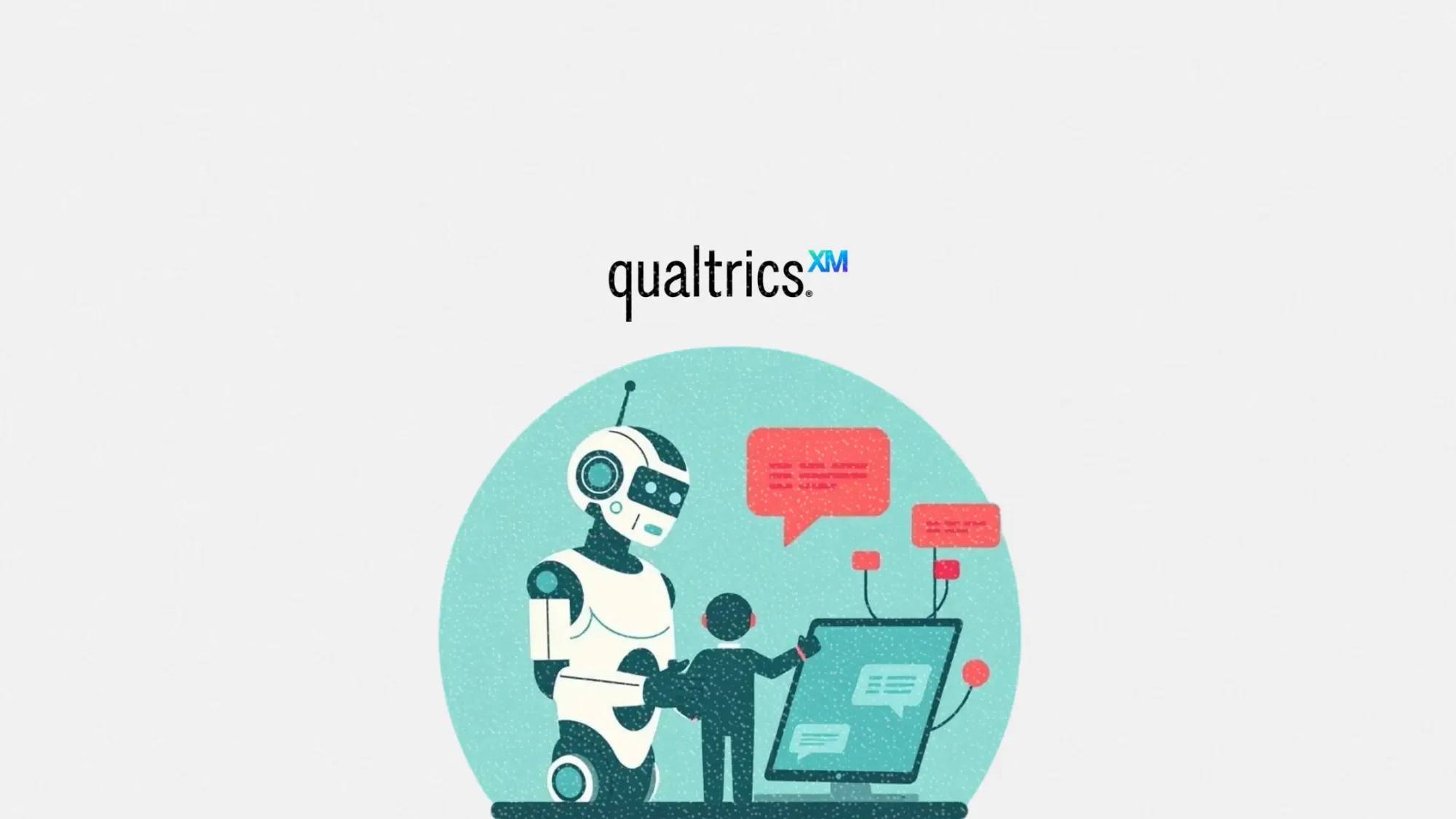AI isn’t fixing customer experience yet, and marketers are losing loyalty over it
A new Qualtrics report shows where brands are missing the mark with AI, personalization, and customer feedback

AI adoption is surging, but trust still lags. That’s the top-line insight from Qualtrics' newly released 2026 Consumer Experience Trends Report, which surveyed over 20,000 consumers across 14 countries.
The report confirms what many CX leaders have suspected: most businesses are deploying AI to save costs, not improve experiences, and customers can tell. One in five consumers who used AI for support said they received no benefit at all, a failure rate nearly four times higher than AI use in other areas.
This article explores why AI-powered CX is falling short, how shifting customer expectations are changing the loyalty game, and what marketers must do to rebuild trust and relevance in 2026.
Short on time?
Here’s a table of contents for quick access:
- AI in CX: the opportunity that brands are wasting
- Survey fatigue is real, and it’s blinding brands to churn
- Value isn’t enough, customers want better experiences
- Customers demand transparency, not creepy personalization
- What marketers should know (tools, strategy, and CX planning tips)

AI in CX: the opportunity that brands are wasting
According to the report, 73% of consumers now use AI for daily tasks, and half believe it will positively impact society. But customer service is still its weakest link.
Consumers ranked AI-powered support bots as the least beneficial of all AI use cases, citing clunky experiences, lack of useful information, and frustrating interactions. Nearly 1 in 2 consumers said their biggest concern with AI is the lack of a human to connect with, and only 29% trust organizations to use AI responsibly.
Qualtrics’ analysts say brands need to reframe AI’s role in CX from gatekeeping to enabling. The winning formula? Use AI to empower agents, not replace them. Feed agents contextual insights and predicted needs to solve issues faster, instead of walling customers off with bots that can’t think past scripts.
Survey fatigue is real, and it's blinding brands to churn
Survey response rates are nosediving. In 2026, 30% of consumers now stay silent after a bad experience, up 9 points over five years. That silence is costly: for every 10 bad experiences, five result in reduced or lost spending.
The problem? Most brands are still using outdated feedback models. Only three in ten customers directly share what went wrong. Meanwhile, valuable unsolicited signals like call transcripts, chat logs, and behavioral patterns go unused because CX and ops teams don’t share the data.
Experts at Qualtrics urge marketers to build multi-channel listening systems that combine direct feedback with operational and behavioral signals. The future of customer insight is predictive, not reactive.
Value isn't enough, customers want better experiences
While value for money is still the top reason people choose a business, it’s not what keeps them loyal. The strongest loyalty signals in the report come from great products and customer service, not price.
Customers who choose a brand for service quality or product excellence report satisfaction and trust scores over 85%, far higher than those driven by price or discounts. For marketers, this is a clear signal: long-term growth depends on investing in CX, not racing to the bottom.
Brands that earn loyalty in 2026 will be those who treat CX as a competitive asset, not a cost center.
Customers demand transparency, not creepy personalization
Consumers like personalization, but only on their terms. The report found that 64% prefer personalized experiences, yet only 39% think the benefits outweigh the privacy cost.
Comfort levels drop sharply for more invasive personalization, such as devices listening or connecting information across apps. And 53% cite misuse of personal data as their top concern with AI.
To build trust, brands need to go back to basics:
- Be transparent about what data you collect
- Explain how it's used to improve the customer’s experience
- Give users control and easy opt-out options
Marketers should shift from tracking identities to understanding contexts, focusing on what users need in the moment, using zero-party data rather than surveillance-style signals.
What marketers should know
Here’s how savvy CX teams can turn these insights into action:
1. Redesign AI workflows for trust, not deflection
Avoid using chatbots as walls. Use AI to enhance, not block, human engagement. For example:
- Automate simple tasks like account lookups or FAQs
- Feed human agents with AI-curated context for faster, smarter resolutions
2. Upgrade your listening stack
Move beyond surveys. Invest in tools that analyze unstructured feedback (calls, chats) and behavioral signals to detect churn risks early.
Tools to explore:
- Qualtrics Experience iD (multi-channel insights)
- Medallia or Sprinklr for unstructured signal detection
- Gong or Chorus for call analysis
3. Personalize with transparency
Build trust by “showing your work.” Brands should:
- Communicate data usage clearly
- Use real examples to show how data improves customer experiences
- Empower users with control and deletion options
4. Invest in moments, not just metrics
Revisit key journey moments like onboarding, support, or issue resolution, and prioritize experience design instead of just efficiency.
5. Educate your team on CX-AI ethics
From marketing ops to frontline agents, everyone touching AI tools should be trained on ethical AI use, data responsibility, and trust-building principles.
The 2026 CX landscape isn’t about choosing AI or human service, it’s about using both in smarter ways. Brands that treat AI as a strategic amplifier, not a cheap shortcut, will build the trust, loyalty, and resilience that others miss.
With consumer comfort around AI rebounding, now is the time to get your CX strategy right. In this era of silent churn and value fatigue, experience is the only thing customers remember.




